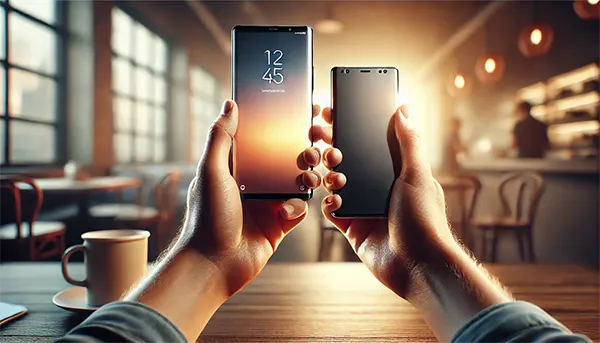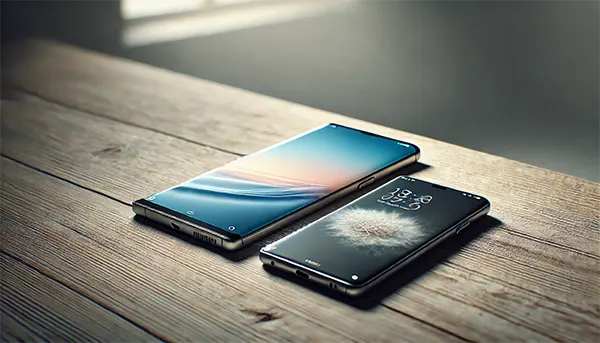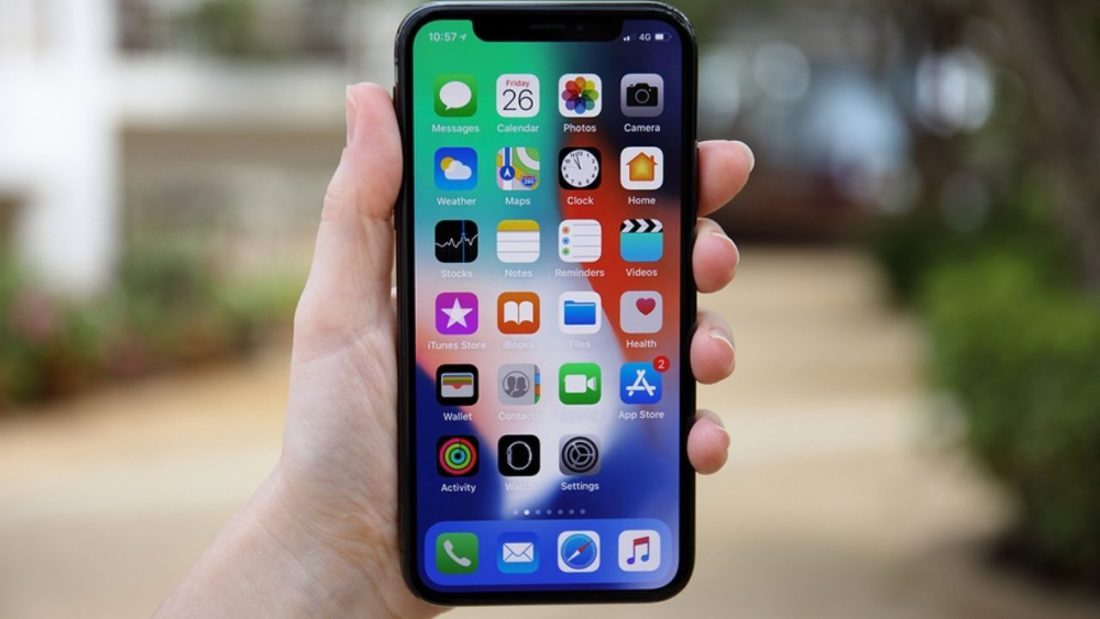Smartphones continue to evolve at a rapid pace, offering new features and improvements each year. However, upgrading is not always necessary, especially if your current device still meets your needs. In this article, we will explore when it makes sense to upgrade your smartphone in 2025 and when you might be better off keeping your existing device.
When Upgrading Your Smartphone is Worth It
There are several scenarios in which upgrading your smartphone is a sensible choice. The most common reason is hardware deterioration. If your device struggles with performance issues, frequent crashes, or a failing battery, an upgrade might be necessary. Over time, lithium-ion batteries lose their capacity, and if your phone cannot last a full day on a charge, replacing it could be the best option.
Another reason to consider upgrading is software support. Many smartphone manufacturers stop providing updates after a certain period, leaving devices vulnerable to security threats. If your phone no longer receives software updates, it may be time to invest in a new model to ensure your data remains protected.
Technological advancements can also be a strong motivation for upgrading. In 2025, we can expect improved AI-driven features, better camera technology, and higher refresh rate displays. If you rely on your phone for professional photography, gaming, or productivity, a newer model with advanced capabilities could significantly enhance your experience.
The Role of 5G and Future Connectivity
5G networks are becoming more widespread, and while many modern smartphones support this technology, older devices may not be compatible. If you frequently use mobile data and require faster speeds, upgrading to a 5G-capable phone could be beneficial. With emerging advancements in connectivity, newer models will likely support Wi-Fi 7 and enhanced Bluetooth features, improving overall performance.
Besides speed, improved connectivity can lead to better call quality and more stable connections in crowded areas. As carriers phase out older network bands, some smartphones may lose access to essential services, making an upgrade necessary for uninterrupted usage.
However, if you live in an area with limited 5G coverage or primarily use Wi-Fi, the benefits of upgrading for connectivity alone may not be significant. In such cases, keeping your existing device might be more practical.
When Upgrading is Not Necessary
Despite the rapid development of smartphone technology, not everyone needs to upgrade every year. If your current device functions well and meets your daily requirements, investing in a new phone may be an unnecessary expense. Many high-end smartphones remain powerful for several years, thanks to regular software updates and durable hardware.
Cost is another crucial factor. Premium smartphones often come with high price tags, and unless you truly need the latest features, the expense may not be justified. If your phone still performs efficiently, you might be better off saving money or investing in other essential tech gadgets.
Furthermore, environmental concerns play a role in the decision-making process. E-waste is a growing issue, and frequent smartphone upgrades contribute to environmental degradation. Holding onto your phone for longer reduces electronic waste and minimises the demand for resource-intensive manufacturing processes.
Alternatives to Buying a New Phone
If your phone is showing signs of wear but still functions well, there are alternatives to upgrading. Replacing the battery, cleaning storage space, and performing a factory reset can often restore a device’s performance. Many repair shops offer affordable solutions, allowing you to extend your smartphone’s lifespan without purchasing a new one.
Software optimisation can also make a significant difference. Uninstalling unnecessary apps, disabling background processes, and using lighter versions of apps can improve speed and battery life. Some manufacturers even provide official tools to refresh your phone’s system, bringing it closer to its original performance.
Another option is considering refurbished models. Many companies sell certified pre-owned devices at a lower price, offering a budget-friendly way to upgrade without contributing to electronic waste. These devices often come with warranties, making them a reliable alternative to purchasing a brand-new phone

Key Considerations Before Upgrading
Before making a decision, assess your smartphone usage habits. If you primarily use your phone for calling, messaging, and basic browsing, a new device may not provide noticeable improvements. However, if you require high-performance features for gaming, photography, or professional tasks, an upgrade might be beneficial.
Another important factor is resale value. Some smartphones retain their value better than others, making it financially smarter to upgrade at the right time. If your current device still has good resale potential, selling it and putting the money towards a new phone could make the upgrade more affordable.
Finally, future-proofing should be considered. If you plan to keep your next phone for several years, choosing a model with long-term software support, a powerful processor, and a durable battery will ensure that it remains functional for as long as possible.
Final Thoughts on Smartphone Upgrades in 2025
Deciding whether to upgrade your smartphone depends on multiple factors, including performance, software support, and budget considerations. While newer models offer exciting innovations, not every user will benefit from an annual upgrade.
For those who require the latest technology, upgrading can enhance productivity and overall experience. However, if your current device still meets your needs, keeping it for another year could be a more practical choice.
By weighing the benefits and drawbacks carefully, you can make an informed decision that aligns with your usage habits and financial priorities.



